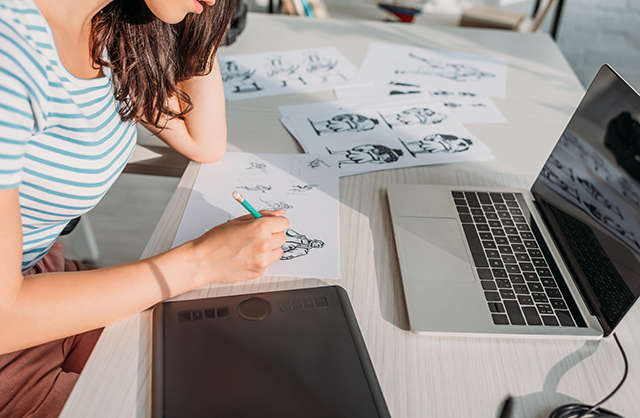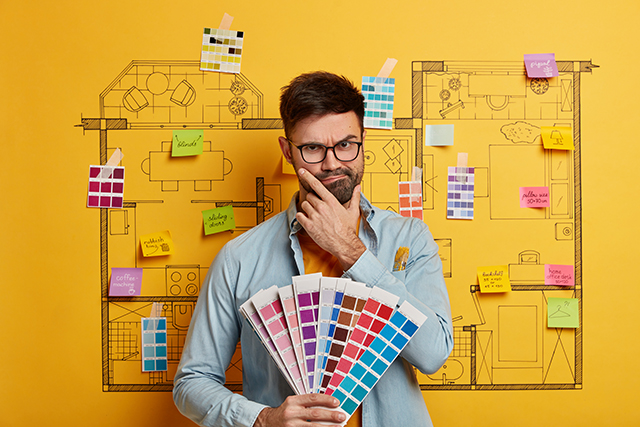In an era where businesses must navigate the ever-evolving landscape of communication and connectivity, the seamless integration of Public Relations (PR) and Relationship Marketing has become imperative for sustained success. In the thriving business hub of Perth, this integration takes center stage, as companies recognize the need to harmonize these two strategic pillars to build meaningful connections and foster brand loyalty.
The Contemporary Business Scenario in Perth
Perth, a city renowned for its economic vibrancy and entrepreneurial spirit, is home to a diverse range of industries, from tech startups to established enterprises. In this dynamic business environment, the importance of effective communication cannot be overstated. Perth PR companies are at the forefront, helping businesses craft narratives that resonate with their target audience while relationship marketing endeavors to create lasting bonds beyond mere transactions.
Public Relations in Perth: Beyond the Basics
PR in Perth is not merely about managing the flow of information; it’s about creating an authentic dialogue with the community. Perth PR companies are taking innovative approaches, going beyond traditional press releases to engage audiences in meaningful ways. Local events, community partnerships, and collaborations with influencers are becoming integral components of PR strategies, allowing businesses to organically integrate into the fabric of Perth’s society.
For instance, a prominent Perth-based fashion retailer, with the assistance of a PR company, successfully launched a campaign that not only showcased its latest collection but also highlighted its commitment to sustainable and ethical practices. The campaign garnered attention from both local media and influencers, positioning the brand as a socially responsible player in the industry.
Relationship Marketing: Personalizing Connections in Perth’s Business Scene
In a city where personal connections matter, relationship marketing has found fertile ground in Perth. This strategy goes beyond transactional interactions, focusing on building long-term relationships with customers. Perth businesses are implementing loyalty programs, personalized communications, and exclusive events to create a sense of belonging among their customer base.
Perth’s tech startups, for instance, are leveraging relationship marketing to turn one-time buyers into loyal advocates. By offering personalized customer experiences, these companies not only enhance customer satisfaction but also create a community of brand enthusiasts who willingly promote and advocate for the brand.
Strategies for Seamless Integration
The true power lies in the seamless integration of PR and relationship marketing strategies. Perth businesses are increasingly recognizing that these two disciplines, when working in tandem, can create a synergistic effect that propels a brand to new heights.
Keyword integration is a crucial component of this strategy. Perth PR companies are incorporating local keywords strategically to ensure that their clients’ messages are not only visible but also resonate with the local audience. By understanding the nuances of Perth’s culture and language, these companies are able to tailor their communications for maximum impact.
Case Study: Perth PR Companies Leading the Way
Several Perth PR companies have emerged as trailblazers in orchestrating the fusion of PR and relationship marketing. One such company, specializing in technology and innovation, orchestrated a campaign for a local startup that not only secured media coverage for its product launch but also engaged potential users through social media, fostering a sense of community around the brand.
Additionally, a boutique PR firm in Perth collaborated with a hospitality client to create a unique relationship marketing initiative. The campaign involved personalized loyalty programs, exclusive events for frequent patrons, and collaborations with local influencers. The result was not only increased foot traffic but also a dedicated customer base that felt emotionally connected to the brand.
Conclusion: Navigating Success in Perth’s Business Landscape
As businesses in Perth navigate the modern landscape, the integration of PR and relationship marketing emerges as a strategic imperative. The city’s unique business culture, coupled with the expertise of Perth PR companies, creates an environment where effective communication is not just a necessity but a catalyst for success.
Navigating the modern landscape requires a deep understanding of local dynamics, strategic keyword integration, and the ability to create authentic connections. As PR and relationship marketing continue to evolve, Perth businesses that master the art of synergy between these two disciplines will find themselves not only surviving but thriving in the competitive and dynamic business scene of this vibrant Australian city.









